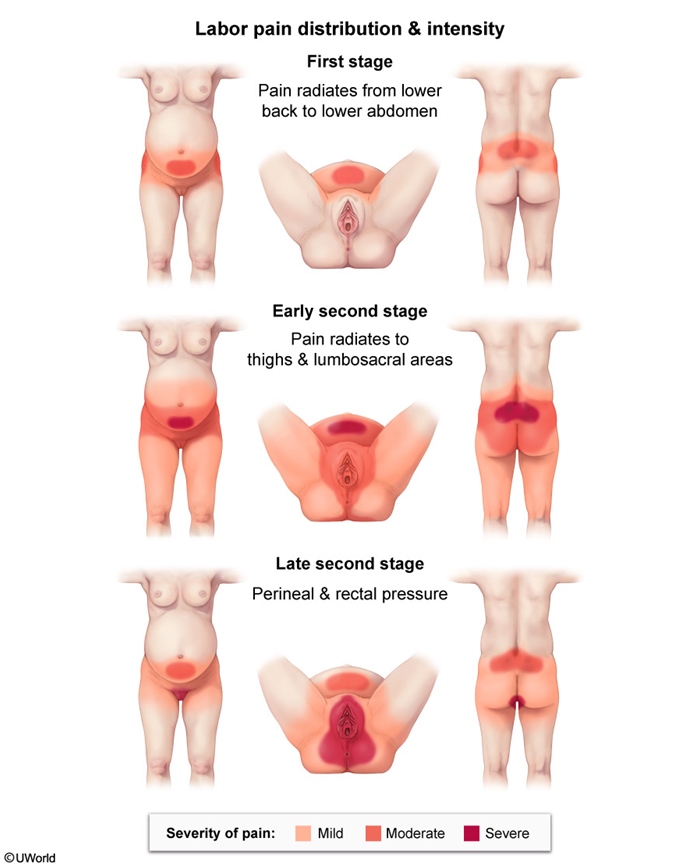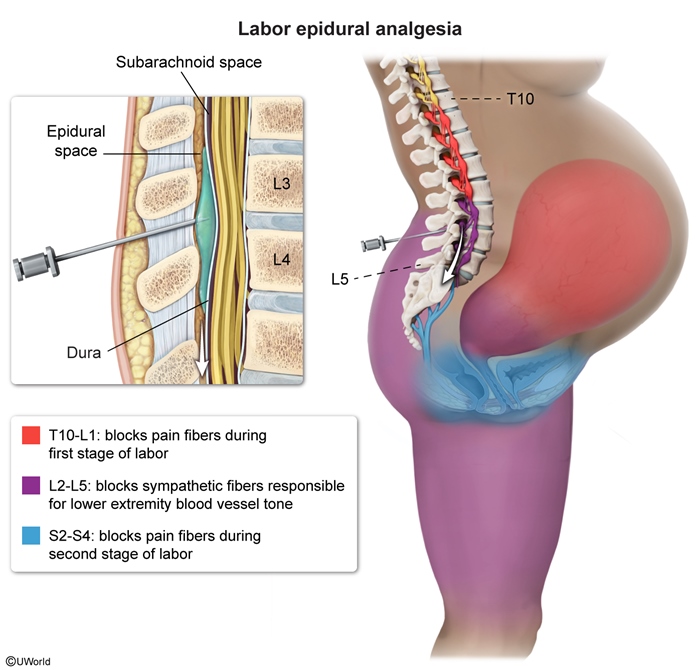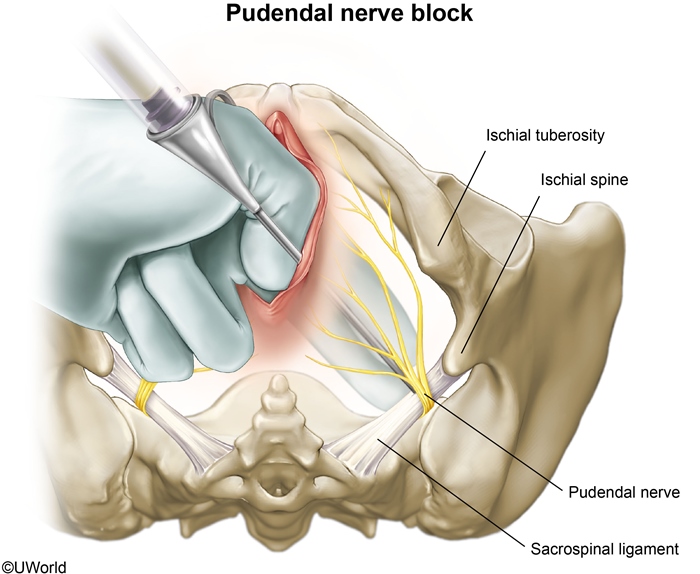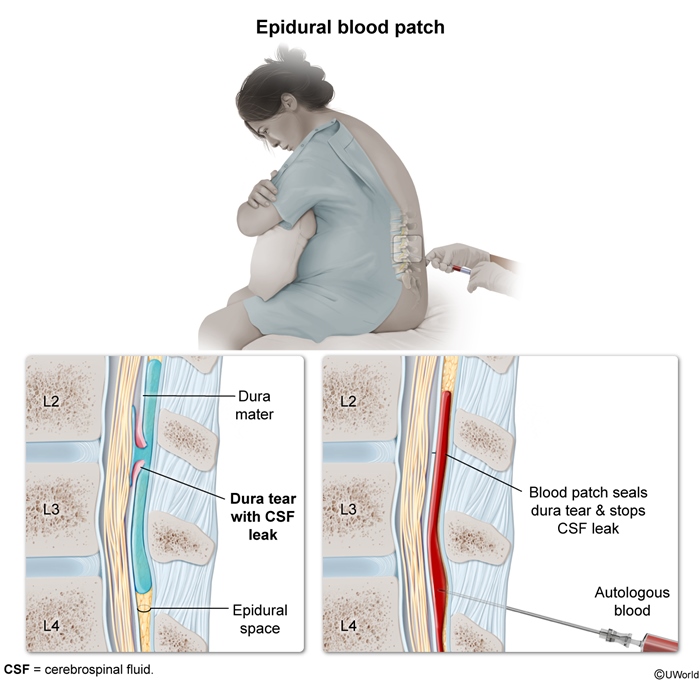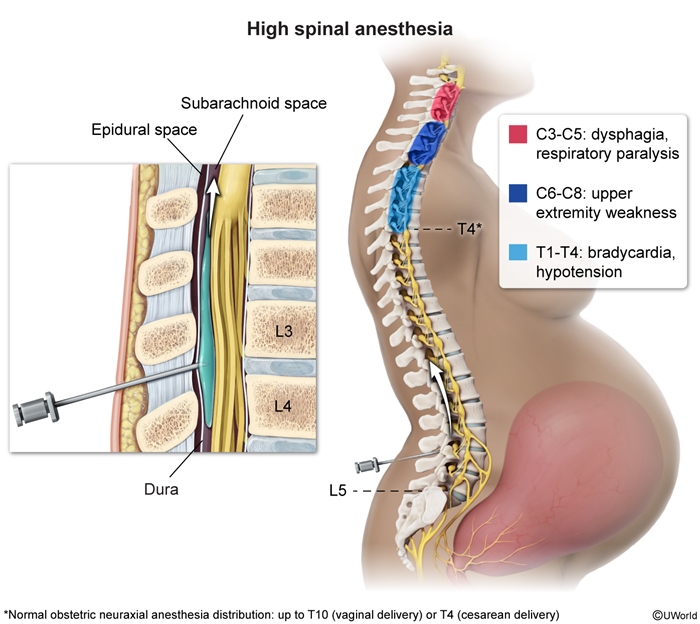Pain Management During Labor
Article Sections
Introduction
Pain during labor is a complex physiologic and psychologic experience that varies widely among individuals. Adequate pain management helps ensure a positive birthing experience. Nonpharmacologic approaches generally focus on increasing the capacity to cope with pain, whereas pharmacologic approaches are generally directed at reducing the physical sensation of labor pain. Various pharmacologic and nonpharmacologic methods are available, each with benefits and potential risks.
Labor pain physiology
Labor pain arises primarily due to uterine contractions, cervical dilation, and pelvic floor stretching with fetal descent, which triggers both visceral and somatic pain pathways. The different stages of labor activate different pathways, which changes the type of pain experienced (Figure 1).
In the first stage of labor, uterine contractions stretch and distend the cervix and lower uterine segment. This activates small, unmyelinated fibers at T10 through L1, resulting in dull and poorly localized visceral pain that is referred to the T10-T12 dermatomes. Therefore, pain is commonly felt in the lower abdomen, sacrum, and back.
Continue Learning with UWorld
Get the full Pain Management During Labor article plus rich visuals, real-world cases, and in-depth insights from medical experts, all available through the UWorld Medical Library.
Figures
